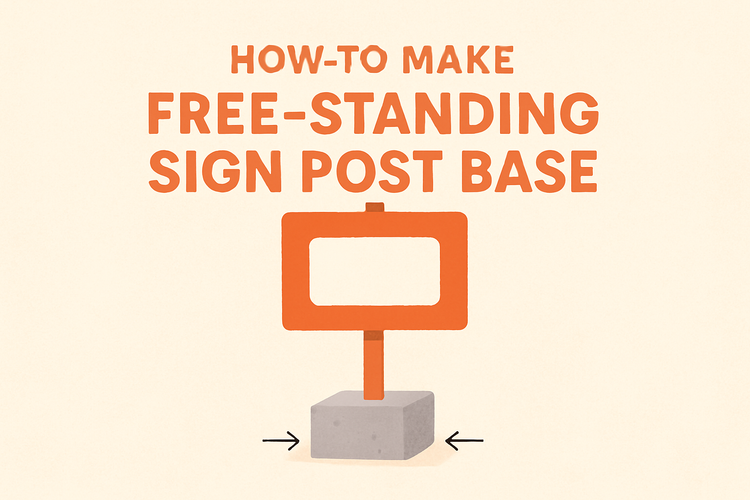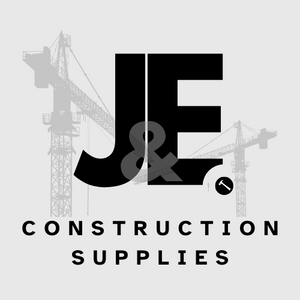How To Make Free Holding Sign Posts Base

Understanding the Basics of Free-Standing Sign Posts
Building a stable, free-standing sign post base is essential for long-lasting outdoor signage. Whether it's for personal or commercial use, the right foundation determines the durability of the structure.
These bases can be made using easily accessible materials and standard timber connectors. Proper planning and execution not only improve safety but also help in resisting harsh environmental conditions. Using reliable resources such as Post Base components ensures structural soundness from the ground up.
Selecting Durable Materials for the Base
Materials are a critical component when crafting a sign post base. The choice between concrete, pressure-treated timber, and metal fittings will determine both strength and permanence.
Most DIY or professional builders start with concrete as a base to secure the structure against tipping, especially in high wind zones. For the post material, weather-resistant, pressure-treated wood is preferred. To complement and strengthen the installation, selecting proper fittings is essential. Components like Joist Hangers and heavy-duty Post Base solutions can provide vital support where the post meets ground level.
Timber connectors should also be weather-resistant to prevent corrosion. Using galvanized or stainless steel hardware ensures the base remains intact over time. It’s important to assess soil type and load-bearing conditions when selecting materials, as these considerations can alter your approach to base construction significantly.
Building the Concrete Footing for the Sign Base
The footing is what your entire sign post will rest on, so it’s vital to get this part right. A well-laid concrete footing ensures stability and longevity.
You can begin by digging a hole at least a third of the post’s total height deep. This general rule helps with balance and wind resistance. You’ll want to ensure the hole is slightly wider at the bottom to form a bell shape, which prevents uplift in strong wind conditions. Pour a few inches of gravel into the bottom for drainage before adding your concrete mix.
Set a post anchor or Post Base in the wet concrete according to your sign’s design requirements. Use a level to check vertical alignment, and allow the concrete to cure fully for 24 to 48 hours before adding any upward structure. Reinforcing with Angle Brackets where posts meet base plates further enhances the setup's integrity.
Assembling the Timber Post and Bracket System
Once your base is cured, the next step involves attaching and reinforcing the upright post. Accurate assembly is key to keeping the structure vertical and secure.
Secure the main timber post onto the installed post base using suitable fixings like lag bolts or heavy-duty screws from the Screws and nails collection. To improve load distribution and resist bowing, you can reinforce the joint with Joist Hangers. Additional support can be achieved using cross bracing, attached with precision using sturdy Angle Brackets.
Consider adding a cross beam, especially for two-sided signs or wider structures. Affix it securely using suitable framing connectors, which are specially designed to withstand environmental stress. For a simple vertical sign post, maintaining linear accuracy during attachment ensures viewer focus and provides a professional appearance.
Anchoring and Long-Term Stability Enhancements
Even a well-built sign post can shift or loosen over time without proper anchoring and maintenance guidelines. It’s beneficial to periodically inspect and re-secure stressed joints.
Using additional ground anchors or metal tie-downs can be crucial in windy areas, which is where High Wind ties & timber connectors prove invaluable. Adding such protection ensures the sign post remains intact through seasons of inclement weather. For taller structures, installing restraint straps around the upper section adds lateral stability, reducing movement at impact points like wind gusts.
If your sign post is located in soil prone to shifting, monitoring upright alignment at scheduled intervals will help catch early signs of tipping. Staking the structure on all sides using adjustable tension straps further bolsters longevity. Simple maintenance paired with proper structural components can keep your sign functional and professional for years.
